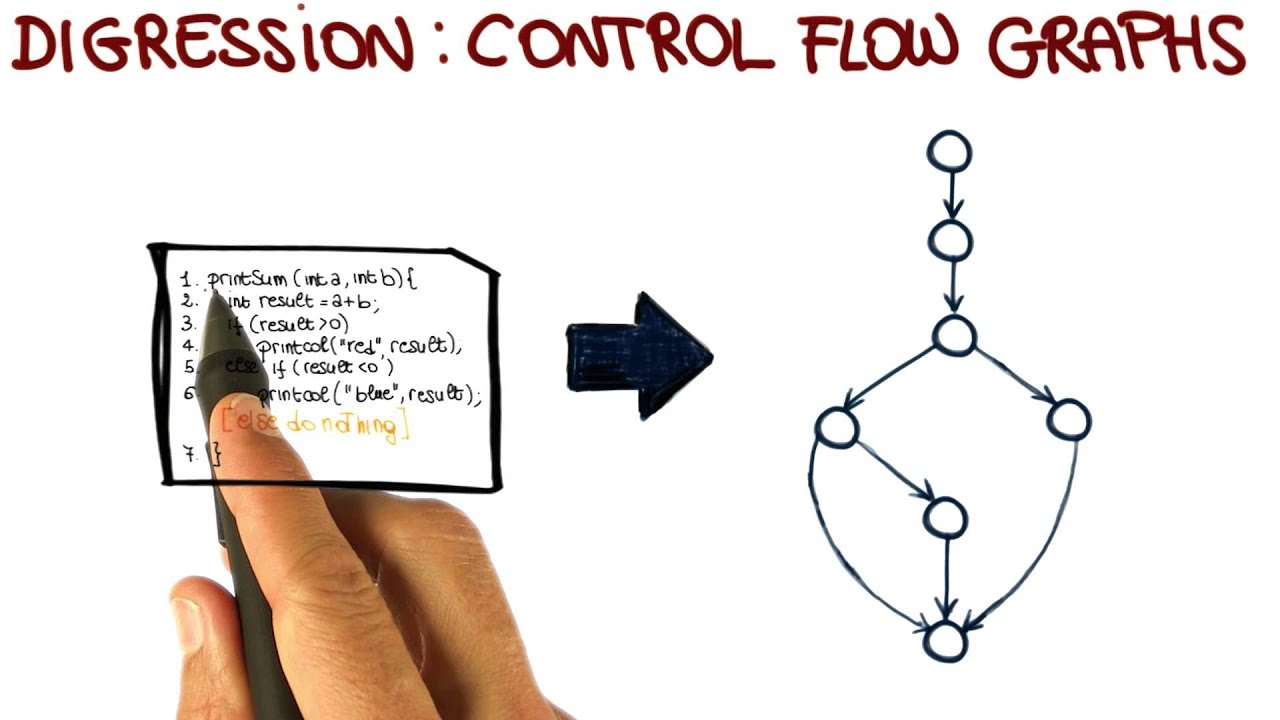Control flow is a term used to describe the operations of a computer program as they progress in a logical sequence. It is based on the notion of a “flow of control” between statements, or between sections of code. Control flow can be divided into two main categories: sequential and branching.
Sequential control flow consists of statements which are executed in sequence, meaning each line is read and executed individually. This is often used when small routine tasks are performed, such as printing out a value or running a simple loop.
Branching control flow is more complex, and it branches off to different sections of code based on the values of certain variables or conditions. This is used to perform more complex operations, such as if/else statements, looping, or recursive functions. The branching structure of the code can be represented as a flowchart or graph of decisions, which the computer uses to determine where to go next.
Control flow is an important aspect of programming, as it allows programs to process data and react to user input in an organized way. By properly using control flow, developers can ensure their programs are reliable, organized, and maintainable.





